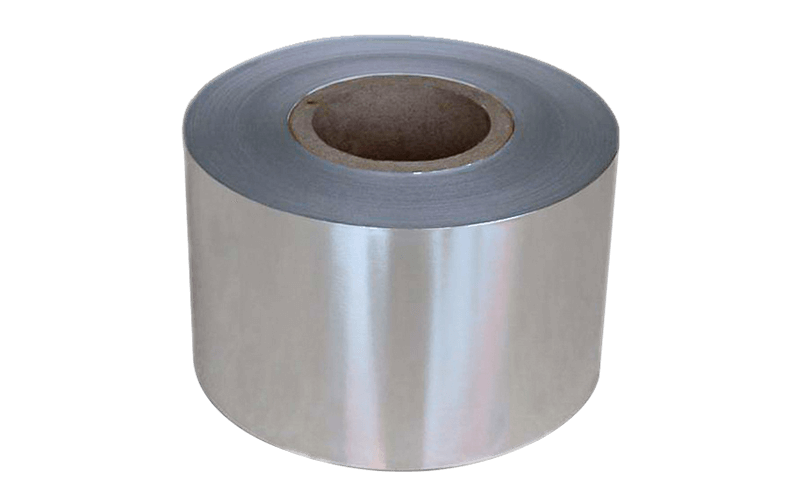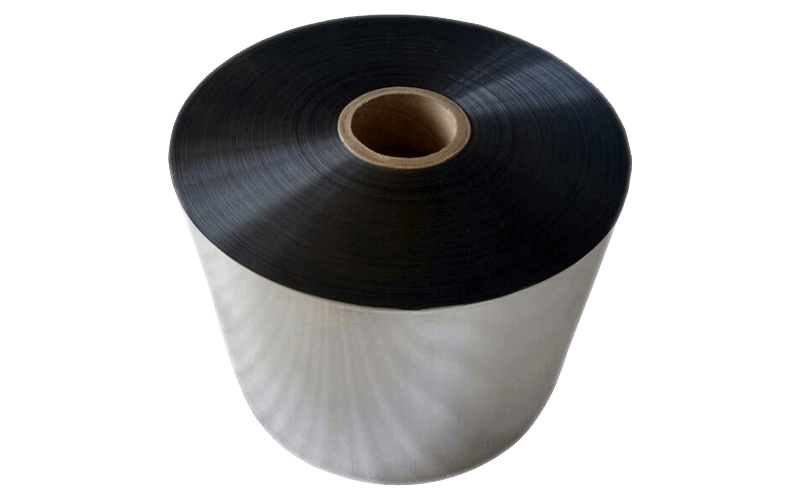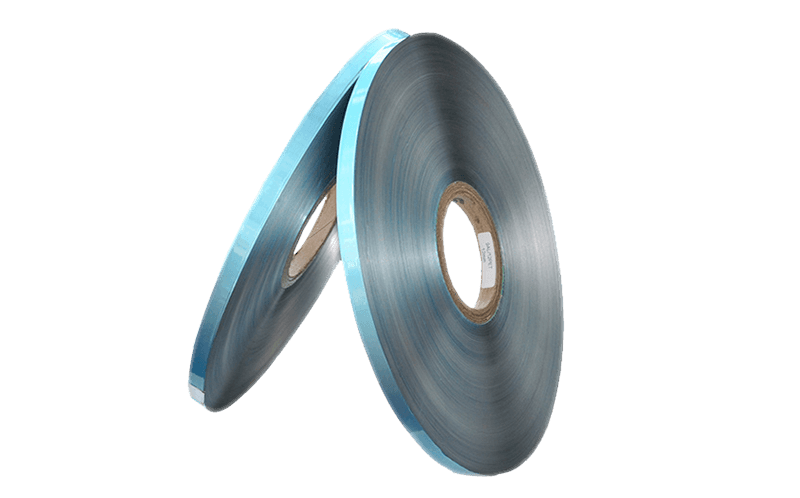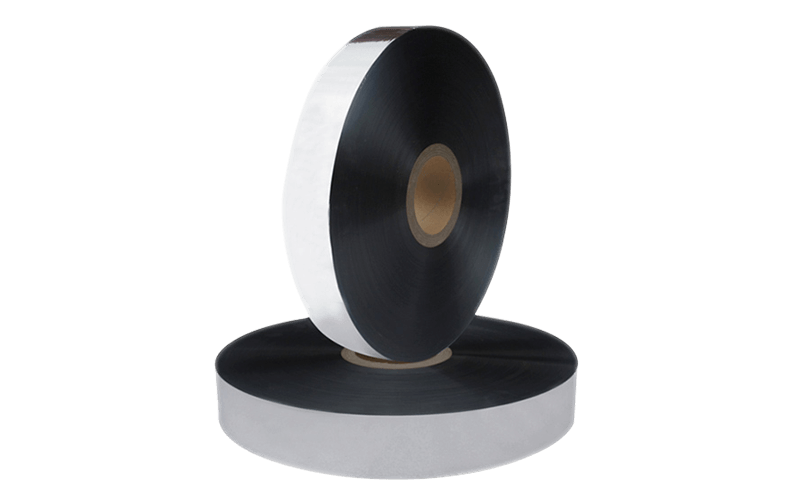Duct tape is useful for fixing busted broom handles, pa […]
Duct tape is useful for fixing busted broom handles, patching holes in your shoulder bag and keeping cardboard boxes closed. But it's pretty useless on ducts, which requires a more robust tape that can seal the gaps that leak heated and cooled air — leaks notorious for raising energy bills. That's why contractors rely on flexible duct tape, which can be used to repair seams, joints and openings in ductwork.
While there are many types of duct tape on the market, most HVAC jobs call for a foil or film tape that can meet strict requirements for safety and code compliance. These tapes must be UL Listed to ensure they provide a complete system closure that can resist the stresses of use. Understanding UL Listings and the different backing options available can help contractors determine which type of tape will work best for their projects.
Cloth-backed tape has a thick, reinforced fabric that provides tensile strength and good shear properties, making it ideal for sealing flex duct seams, joints and openings. It offers superior adhesion and conformability to rough surfaces and can withstand repeated use in harsh conditions. It's also water**, weather and UV resistant.
Foil-backed tape has a metal foil layer that resists drying out, cracking and shrinking the way cloth tape does. It carries an aggressive rubber-based adhesive that firmly adheres to all surfaces and is resistant to temperature changes. Foil-backed tape is a better choice for sealing larger gaps in ductwork because it can span wider distances and seals sturdier materials than cloth-backed tape, which might not hold up to the pressure of a tight gap.
UL 181B-FX polypropylene duct tape is designed for sealing ducts and connector systems in residential and commercial construction. It features a silver metallized polypropylene foil and a cold-weather acrylic pressure sensitive adhesive that performs well in a wide range of temperatures. It's flame, moisture and chemical resistant and meets UL 181A-P and UL 181B-FX specifications. It can be used to seam, seal and join aluminum-backed or fibrous insulation, duct wrap and metal. It's also suitable for securing ducts to the duct wrap facing and sealing and seaming rigid fiberglass duct board. It's also a great alternative to traditional paint-on mastic in some applications. It's available in black with a white print or metalized silver with black print.




